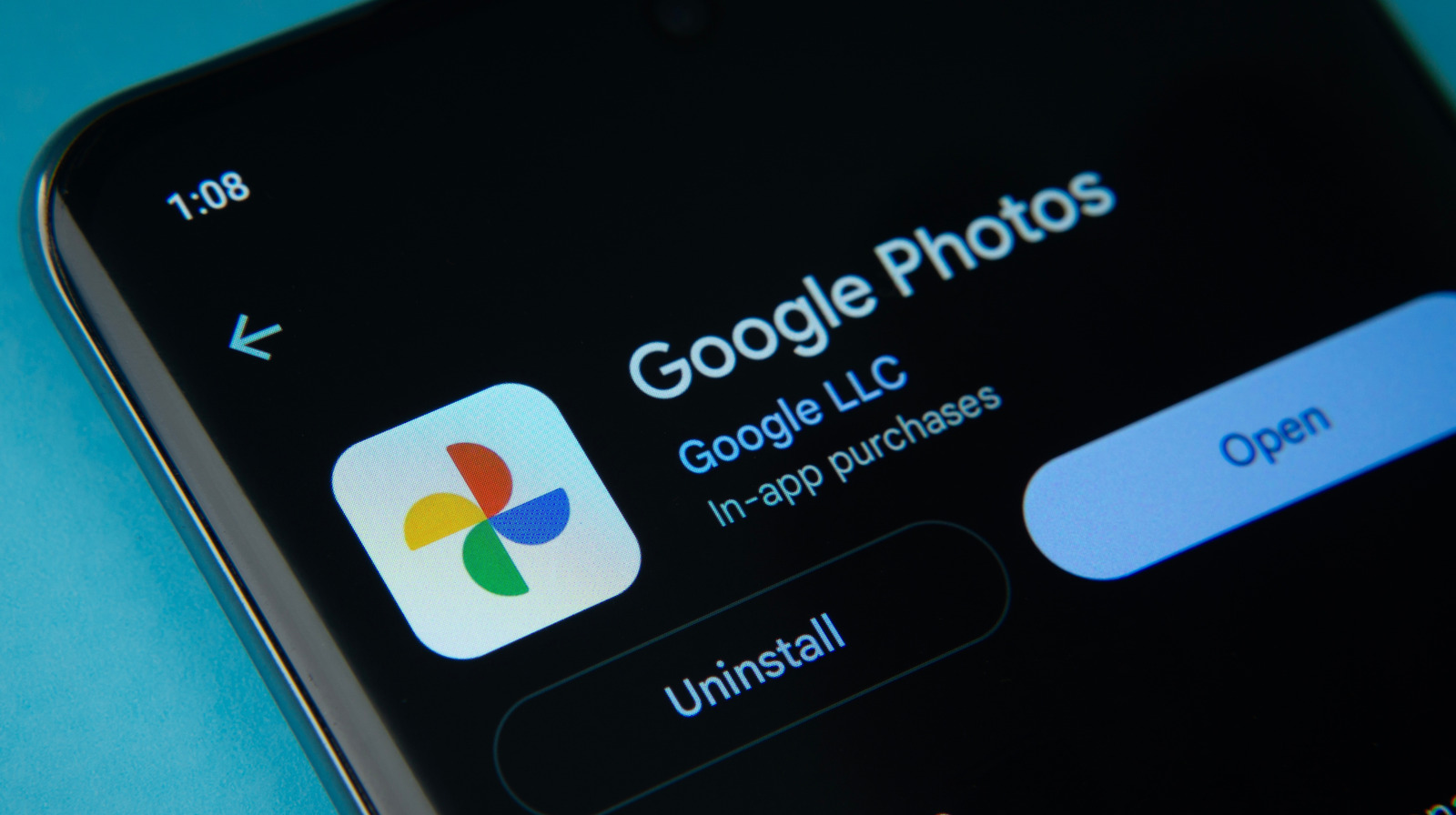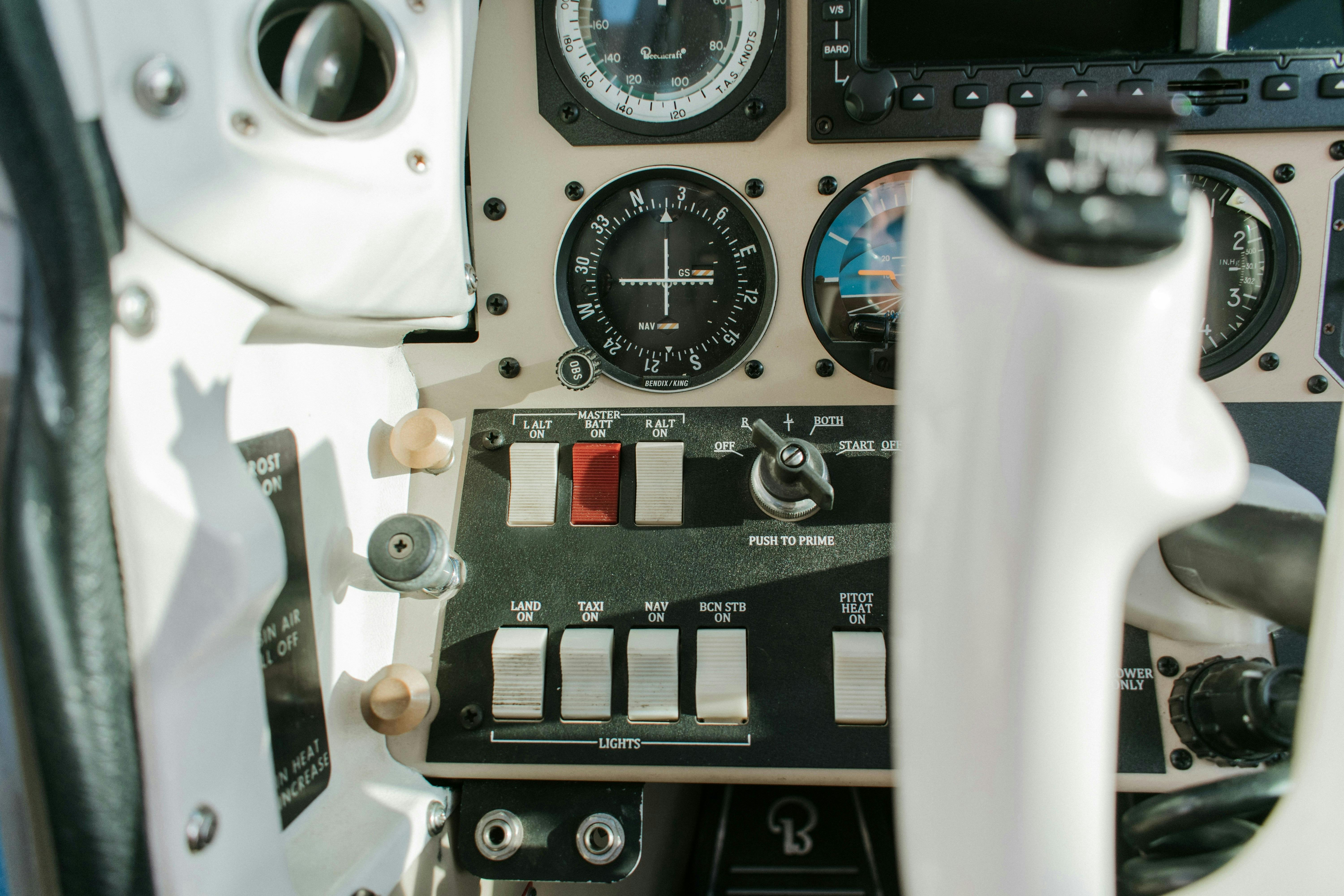Chinese tech firm Vivo on Monday launched its annual flagship, the Vivo X300 series, in Shanghai. Centered on the concept of a Zeiss 200MP imaging system, the lineup includes both a standard and a Pro model. Coinciding with the 30th anniversary of the Vivo brand, the X300 series introduces notable enhancements in imaging, performance, design, and software.
The X300 Pro features the LYT-828 gimbal main camera co-developed with Sony, equipped with a 1/1.28-inch large sensor and CIPA 5.5-level stabilization. It also debuts the world’s first Zeiss 200MP APO super-telephoto lens with 4X lossless optical zoom.
Why it matters: By debuting advanced imaging technologies co-developed with Sony and Zeiss, the company aims to compete with top-tier flagships and strengthen its brand position in mobile photography innovation.
Details: The Vivo X300 starts at RMB 4,399 ($620) for the 12GB+256GB model, while the X300 Pro begins at RMB 5,299 ($745) for the 12GB+256GB variant.
- The X300 series features an imaging system co-developed by Vivo and Zeiss, designed to perform across both technical specifications and real-world shooting. The Pro model comes with an 85mm Zeiss 200MP APO super-telephoto lens, a 1/1.4-inch large sensor, and an f/2.67 aperture. With CIPA 5.5-level stabilization, it supports handheld 4K 120fps Dolby Vision HDR video, making it ideal for concerts, sports, and other fast-moving scenes.
- The standard model features a 200MP Zeiss main camera with CIPA 4.5-level stabilization. It offers a “one photo, multiple crops” function, letting users generate multiple compositions from a single image and even create short AI-powered three-scene story videos with a single click.
- The X300 series launches globally with the MediaTek Dimensity 9500 chipset and a co-developed imaging NPU, paired with Vivo’s in-house V3+ imaging chip for dual-chip coordination. The Pro model scores over 4.1 million on AnTuTu at room temperature. Running OriginOS 6, it also marks Vivo’s first ecosystem connectivity with Apple devices.
- The X300 series offers 2160Hz high-frequency PWM dimming and full-brightness DC dimming. Its minimum brightness of 1 nit ensures a more comfortable, eye-friendly experience in low-light conditions.


Context: In the first half of 2025, China’s smartphone shipments totaled 140.6 million units, representing roughly 23% of the global market. In the highly competitive RMB 4,000–6,000 ($562–$842) segment, domestic brands Huawei, Xiaomi, and Vivo leveraged high-end strategies to gain market share, collectively capturing over 60%, while Apple’s shipments fell 27.35% year-on-year, according to Sina Finance.












